Home>Gardening & Outdoor>Landscaping Ideas>How To Get Rid Of Sand Spurs Without Killing Grass
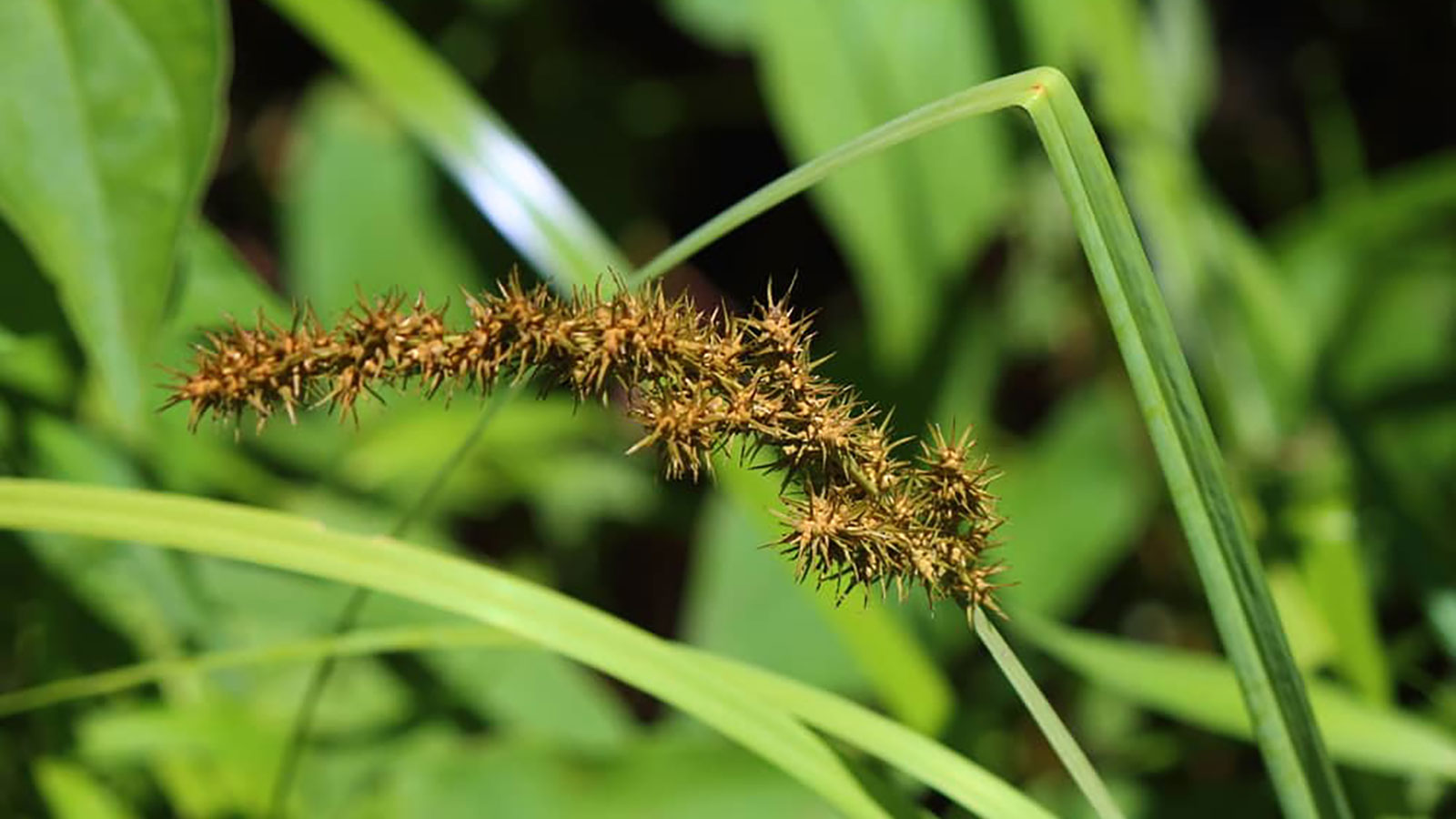

Landscaping Ideas
How To Get Rid Of Sand Spurs Without Killing Grass
Modified: February 27, 2024
Learn effective landscaping ideas to remove sand spurs without harming your grass. Discover natural methods for a lush, weed-free lawn.
(Many of the links in this article redirect to a specific reviewed product. Your purchase of these products through affiliate links helps to generate commission for Storables.com, at no extra cost. Learn more)
**
Introduction
**
Dealing with sand spurs can be a frustrating challenge for any homeowner striving to maintain a lush, green lawn. These pesky weeds, also known as sand burrs or grass burrs, are notorious for their prickly seed heads that can cause painful injuries to bare feet and paws. However, it is possible to effectively manage sand spurs without harming your precious grass. In this comprehensive guide, we will explore various methods to eliminate sand spurs while preserving the health and beauty of your lawn. Whether you prefer manual removal, herbicidal treatments, or natural control measures, this article will equip you with the knowledge and strategies needed to reclaim your yard from these unwelcome intruders. Let's dive into the world of sand spurs and discover how to bid them farewell without sacrificing your grass.
**
Key Takeaways:
- Say goodbye to sand spurs without harming your grass! Learn how to identify, remove, and prevent these prickly weeds using manual, herbicidal, and natural methods for a lush, pain-free lawn.
- Keep your lawn sand spur-free with eco-friendly solutions! From mowing and aeration to natural herbicides, discover how to control and prevent these pesky weeds while promoting a healthy, vibrant lawn.
Understanding Sand Spurs
**
Sand spurs, scientifically known as Cenchrus spinifex, are annual grassy weeds that thrive in sandy and well-drained soils. They are commonly found in lawns, pastures, and open fields, often invading areas with minimal competition from other plants. Sand spurs are recognized by their spiky seed heads, which consist of sharp, barbed bristles that can easily attach to skin, fur, or clothing. These seeds are dispersed through various means, including wind, animals, and human activity, allowing sand spurs to spread rapidly and establish new colonies.
These weeds are not only unsightly but also pose a hazard to humans and pets due to their prickly nature. Understanding the life cycle of sand spurs is crucial for effective control. They typically germinate in the spring and rapidly grow, producing seed heads in the summer. Once the seeds mature, they detach from the plant and fall to the ground, where they can remain viable for several years, ready to sprout and perpetuate the cycle of infestation.
By comprehending the behavior and characteristics of sand spurs, homeowners can implement targeted strategies to eradicate them from their lawns while safeguarding the surrounding vegetation. Identifying the signs of a sand spur infestation is the first step towards successful eradication, and with the right approach, reclaiming your lawn from these prickly intruders is entirely achievable.
**
Identifying Sand Spurs in Your Lawn
**
Recognizing the presence of sand spurs in your lawn is essential for implementing an effective eradication plan. These troublesome weeds can be identified by their distinctive features, making it relatively straightforward to spot their presence amidst the grass. Here are some key indicators to help you identify sand spurs in your lawn:
- Appearance: Sand spurs typically have grass-like foliage with slender stems and produce spiky seed heads that are easily distinguishable from surrounding grass. The seed heads are covered in sharp, barbed bristles, giving them a prickly and menacing appearance.
- Painful Encounters: If you or your pets have experienced discomfort or injury from walking or playing in the yard, especially when barefoot, it could be a sign of sand spurs lurking in the grass. The sharp seed heads can easily attach to skin and cause irritation or painful pricks.
- Sparse Areas: Infestations of sand spurs often result in patches of sparse or discolored grass, indicating the presence of these invasive weeds. These areas may be more prevalent in sandy or well-drained sections of the lawn.
- Seed Heads: During the summer months, inspect the grass for the characteristic seed heads of sand spurs. These seed heads can vary in color, ranging from green to brown, and are typically clustered at the top of the stems.
Regularly surveying your lawn for these signs and symptoms can help you detect sand spurs early, preventing them from spreading and causing further inconvenience. Once you have confirmed the presence of sand spurs, you can proceed with the appropriate methods to eliminate them and restore the health and beauty of your lawn.
**
Manual Removal of Sand Spurs
**
When dealing with a moderate infestation of sand spurs, manual removal can be an effective and environmentally friendly approach to regain control of your lawn. This method involves physically uprooting the weeds, including their roots, to prevent regrowth and seed dispersal. Here are some steps to successfully execute manual removal of sand spurs:
- Protective Gear: Before embarking on the removal process, it is advisable to wear gloves and long sleeves to shield your skin from the prickly seed heads of the sand spurs.
- Moist Soil: Choose a time when the soil is moist, such as after rainfall or watering, as this makes it easier to extract the weeds along with their roots, reducing the likelihood of regrowth.
- Hand Pulling: Grasp the sand spurs at the base of the plant and gently but firmly pull upwards, ensuring that the entire root system is removed from the soil. It is crucial to be thorough to prevent any remnants from sprouting anew.
- Disposal: Collect the uprooted sand spurs and dispose of them in a designated area, away from your lawn and garden, to prevent reseeding and further proliferation.
- Regular Monitoring: After the initial removal, monitor the area regularly to identify and eliminate any new growth promptly.
While manual removal can be labor-intensive, especially for larger infestations, it offers the advantage of being chemical-free and minimizes the impact on the surrounding vegetation. By diligently and systematically removing sand spurs from your lawn, you can gradually diminish their presence and restore the health and aesthetics of your outdoor space.
**
To get rid of sand spurs without killing grass, you can manually pull them out, mow regularly to prevent them from seeding, and apply a pre-emergent herbicide in early spring to stop new sand spurs from growing.
Using Herbicides to Eliminate Sand Spurs
**
For more extensive infestations of sand spurs, the strategic application of herbicides can be an effective method to combat these resilient weeds. Herbicides specifically formulated for broadleaf weed control can target sand spurs while minimizing harm to desirable grass species. When using herbicides, it is essential to follow the manufacturer’s instructions carefully and consider the potential impact on the surrounding environment. Here are the key steps for using herbicides to eliminate sand spurs:
- Product Selection: Choose a selective herbicide designed to target broadleaf weeds, including sand spurs, while being safe for use on grassy lawns. Look for products containing active ingredients such as 2,4-D or dicamba, which are effective against these types of weeds.
- Timing: Apply the herbicide during the active growth phase of the sand spurs, typically in the spring or early summer when the weeds are actively growing and developing seed heads. Avoid treating the area during periods of drought or stress, as this can reduce the herbicide’s effectiveness.
- Application: Follow the recommended application rates and techniques specified on the herbicide label. Use a pump sprayer or a hose-end sprayer to ensure even coverage while minimizing overspray onto desirable vegetation.
- Post-Emergent Control: Selective herbicides are often classified as post-emergent, meaning they are effective against actively growing weeds. Apply the herbicide directly to the foliage of the sand spurs, ensuring thorough coverage to maximize the control efficacy.
- Follow-Up: Monitor the treated area for several weeks following the herbicidal application. If necessary, reapply the herbicide according to the label instructions to address any remaining or newly emerging sand spurs.
When using herbicides, it is crucial to exercise caution and adhere to safety guidelines to minimize potential risks to humans, pets, and non-target plants. Additionally, consider alternative methods of control for areas where herbicide application may not be suitable, such as near water bodies or in ecologically sensitive zones. By employing herbicides judiciously and responsibly, you can effectively reduce the presence of sand spurs and promote the vitality of your lawn.
**
Natural Methods for Controlling Sand Spurs
**
For homeowners seeking environmentally friendly and natural approaches to combat sand spurs, several methods can help manage these weeds without resorting to chemical interventions. By leveraging natural control measures, you can effectively reduce the prevalence of sand spurs while maintaining a healthy and sustainable lawn ecosystem. Here are some natural methods for controlling sand spurs:
- Mowing Practices: Regular mowing can help suppress the growth and seed production of sand spurs. Set your mower at a height that promotes the vigor of your grass while discouraging the development of sand spurs. Additionally, mow your lawn frequently to prevent the weeds from reaching maturity and dispersing their seeds.
- Aeration and Overseeding: Aerating your lawn can improve soil drainage and reduce the conditions favorable to sand spurs. Following aeration, overseed the lawn with desirable grass species to enhance its density, outcompeting the weeds and minimizing their establishment.
- Soil Amendments: Amending the soil with organic matter, such as compost or well-decomposed manure, can enhance the overall health and fertility of the lawn. Healthy and vigorous grass is better equipped to withstand weed infestations, including sand spurs.
- Vinegar Solutions: Applying a solution of horticultural vinegar, which contains a higher concentration of acetic acid than household vinegar, can be effective in controlling young, actively growing sand spurs. Exercise caution when using vinegar, as it can also harm desirable plants on contact.
- Mulching: Utilize organic mulches, such as pine straw or wood chips, to cover bare soil and suppress the emergence of sand spurs. Mulching not only inhibits weed growth but also conserves soil moisture and promotes a healthier lawn ecosystem.
By integrating these natural methods into your lawn care regimen, you can proactively manage sand spurs while fostering a resilient and vibrant lawn. While natural control measures may require patience and consistent implementation, they offer the benefit of promoting ecological balance and minimizing potential harm to the environment and beneficial organisms.
**
Preventing Sand Spurs from Reappearing
**
After successfully eliminating sand spurs from your lawn, it is crucial to implement preventive measures to inhibit their reappearance and preserve the health and beauty of your grass. By adopting proactive strategies and maintaining vigilant lawn care practices, you can minimize the likelihood of a sand spur resurgence. Here are some effective methods for preventing sand spurs from reappearing in your lawn:
- Regular Maintenance: Consistent lawn maintenance, including mowing, watering, and fertilizing, is essential for promoting the vigor and density of your grass. A healthy and well-maintained lawn is more resilient against weed encroachment, including sand spurs.
- Weed Control Products: Consider applying pre-emergent herbicides specifically formulated to target sand spurs and other grassy weeds. These products create a barrier in the soil, preventing the germination and establishment of weed seeds, including those of sand spurs.
- Vigilant Inspection: Routinely inspect your lawn for any signs of sand spurs or other weeds. Promptly address any emerging weeds before they have the opportunity to proliferate and become a significant nuisance.
- Address Soil Compaction: Aerating the soil can alleviate compaction and improve drainage, creating less favorable conditions for sand spurs to thrive. Consider aerating your lawn annually to maintain soil health and reduce weed pressure.
- Overseed with Desirable Grasses: Introduce and maintain a diverse and robust grass species in your lawn by overseeding with high-quality grass seeds. A dense and healthy grass cover can outcompete weed growth, including that of sand spurs.
By incorporating these preventive measures into your lawn care routine, you can fortify your lawn against the return of sand spurs and create an environment conducive to the flourishing of desirable grass species. Consistency and attentiveness are key to sustaining a sand spur-free lawn and enjoying the beauty and functionality of your outdoor space.
**
Conclusion
**
Managing sand spurs in your lawn requires a combination of understanding their behavior, implementing targeted control methods, and maintaining proactive measures to prevent their resurgence. By familiarizing yourself with the characteristics of sand spurs and identifying their presence in your lawn, you can take the necessary steps to address the issue effectively. Whether you opt for manual removal, herbicidal treatments, or natural control measures, each approach offers unique benefits for reclaiming your lawn from these prickly intruders.
Manual removal provides a hands-on and chemical-free method for eradicating sand spurs, especially in areas with a moderate infestation. This approach, while labor-intensive, allows for precise weed removal and minimizes the impact on the surrounding environment. For more extensive infestations, the targeted use of herbicides can effectively reduce the prevalence of sand spurs, provided that they are applied responsibly and in accordance with product instructions.
For those inclined towards natural and eco-friendly solutions, incorporating practices such as proper mowing, aeration, and organic soil amendments can help control sand spurs while promoting the overall health of the lawn. These natural methods contribute to a sustainable and resilient lawn ecosystem while mitigating the presence of unwanted weeds.
Following the successful eradication of sand spurs, it is imperative to implement preventive measures to deter their return. Consistent lawn maintenance, vigilant inspection, and the use of pre-emergent herbicides can significantly reduce the likelihood of sand spurs reappearing and safeguard the integrity of your lawn.
By combining these strategies and maintaining a proactive approach to lawn care, you can enjoy a lush, sand spur-free lawn that provides a safe and inviting outdoor environment for your family and pets. With diligence and informed practices, you can reclaim and sustain a beautiful, healthy lawn that enhances the overall appeal of your property.
Frequently Asked Questions about How To Get Rid Of Sand Spurs Without Killing Grass
Was this page helpful?
At Storables.com, we guarantee accurate and reliable information. Our content, validated by Expert Board Contributors, is crafted following stringent Editorial Policies. We're committed to providing you with well-researched, expert-backed insights for all your informational needs.
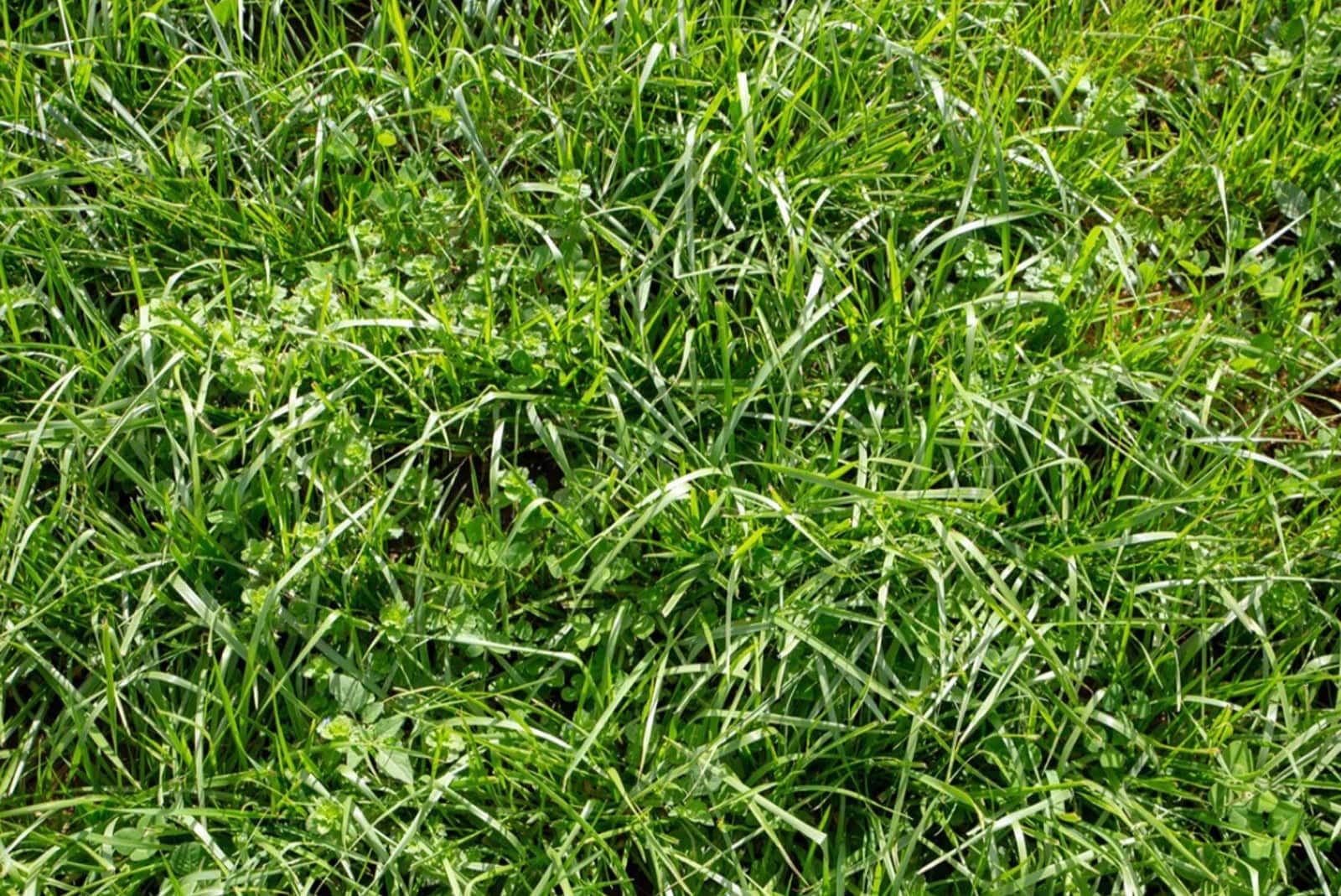
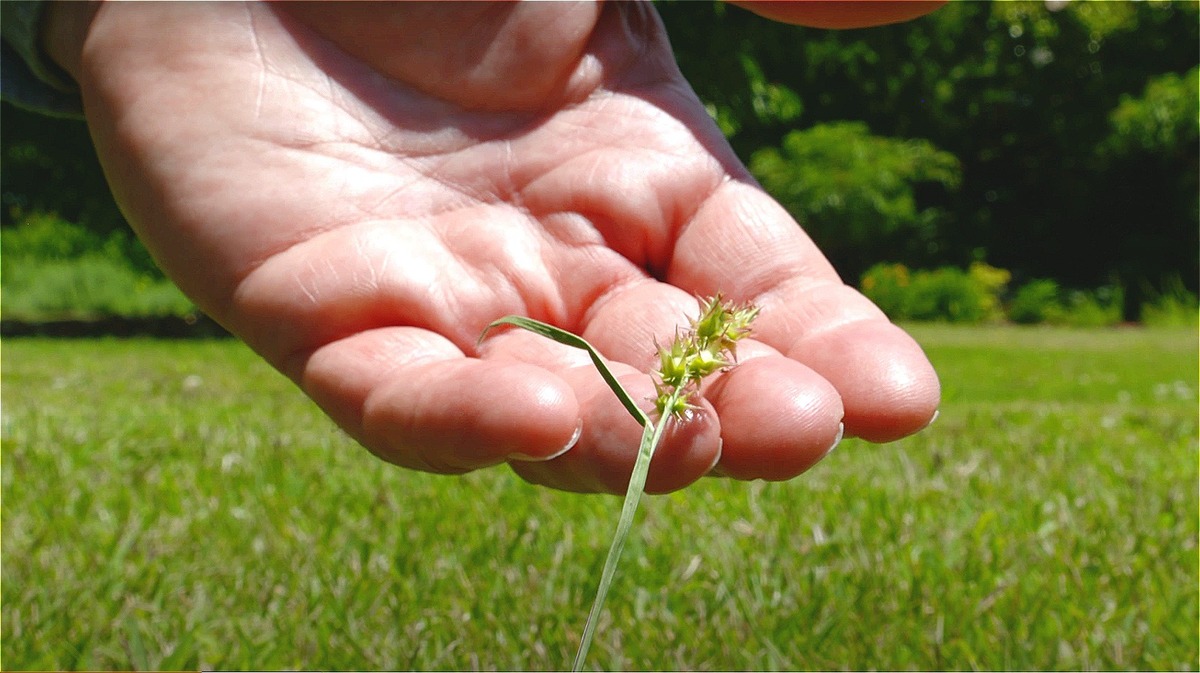
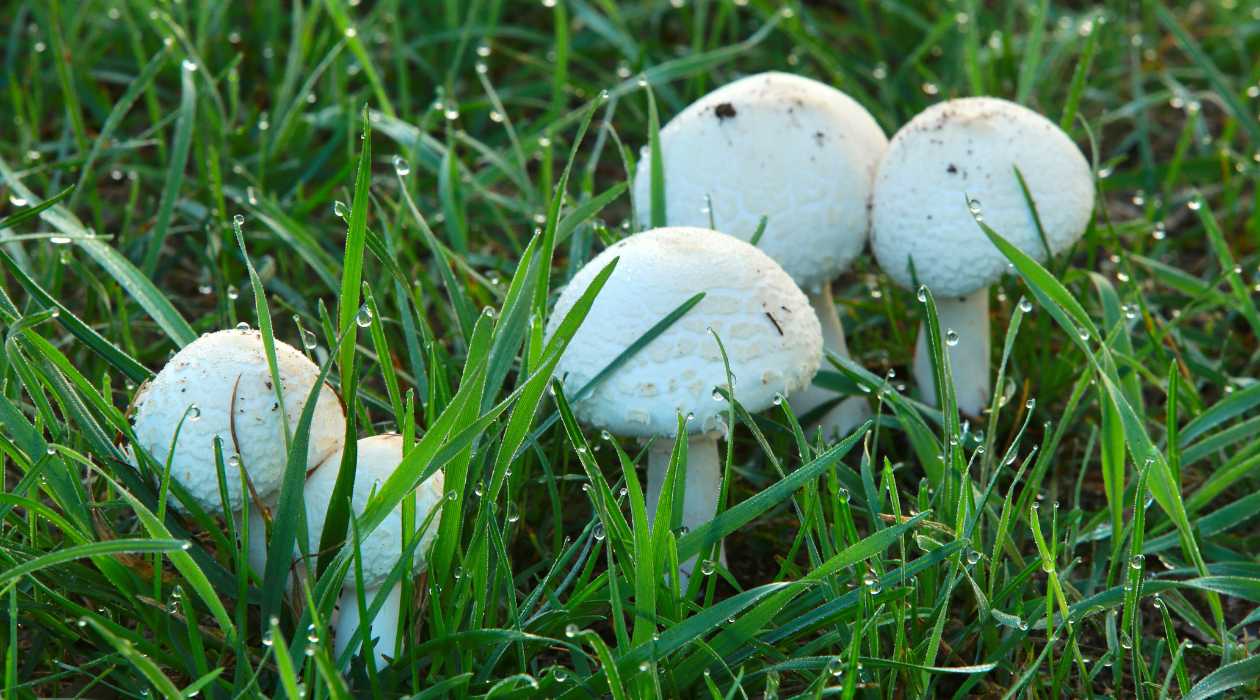
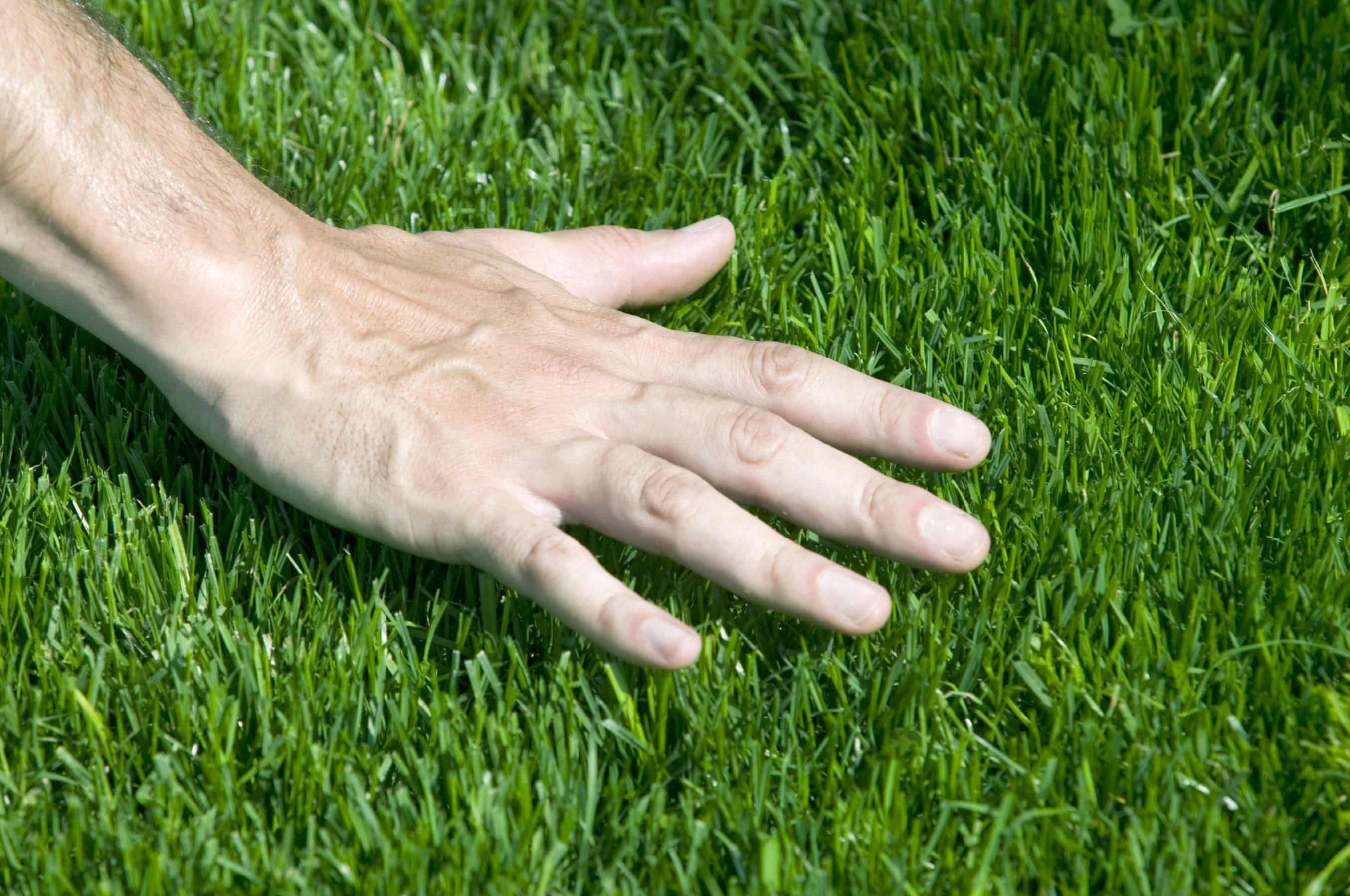
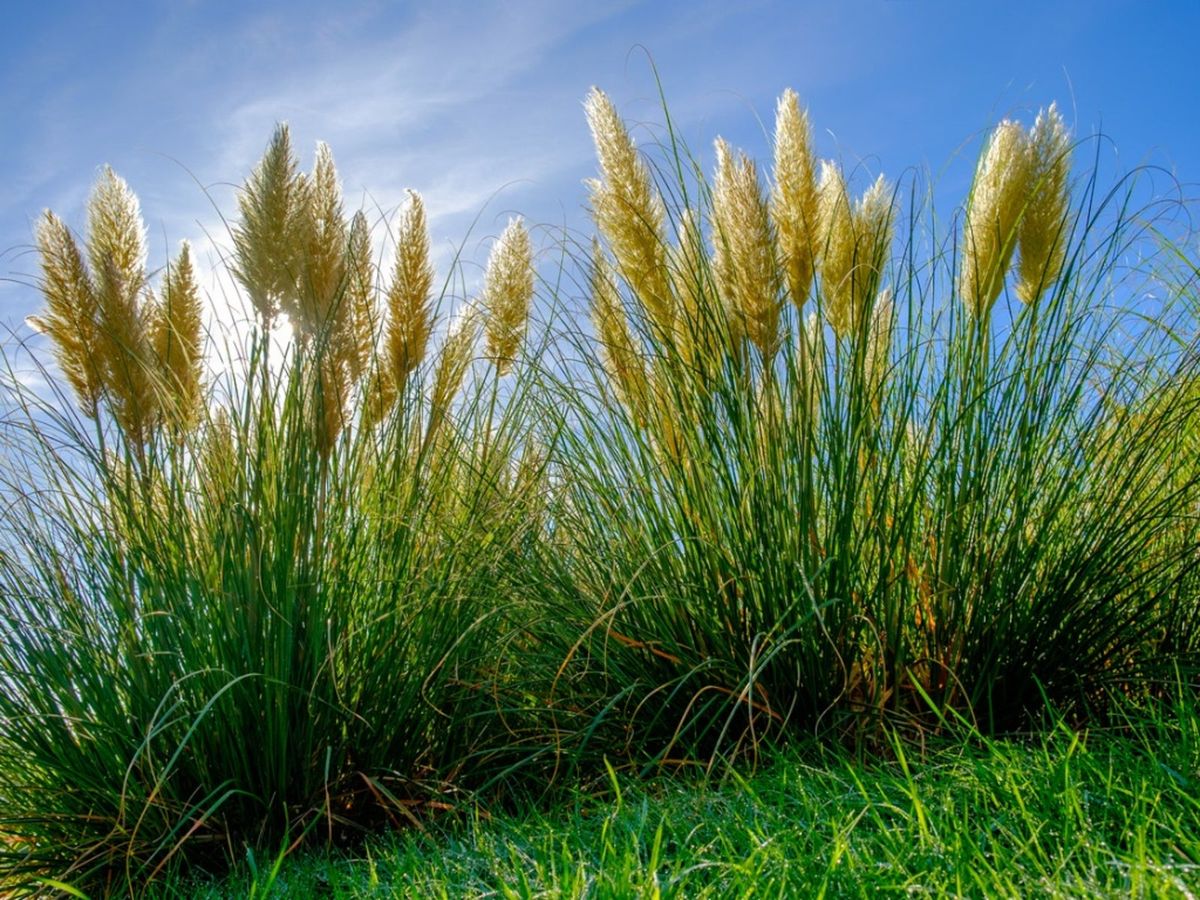
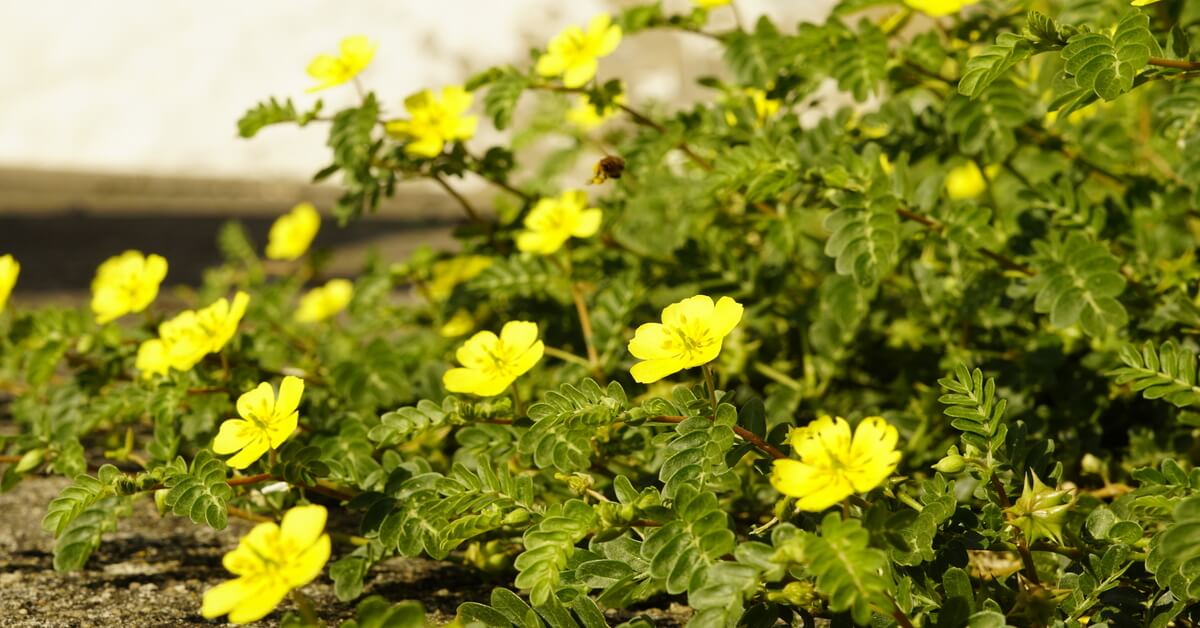
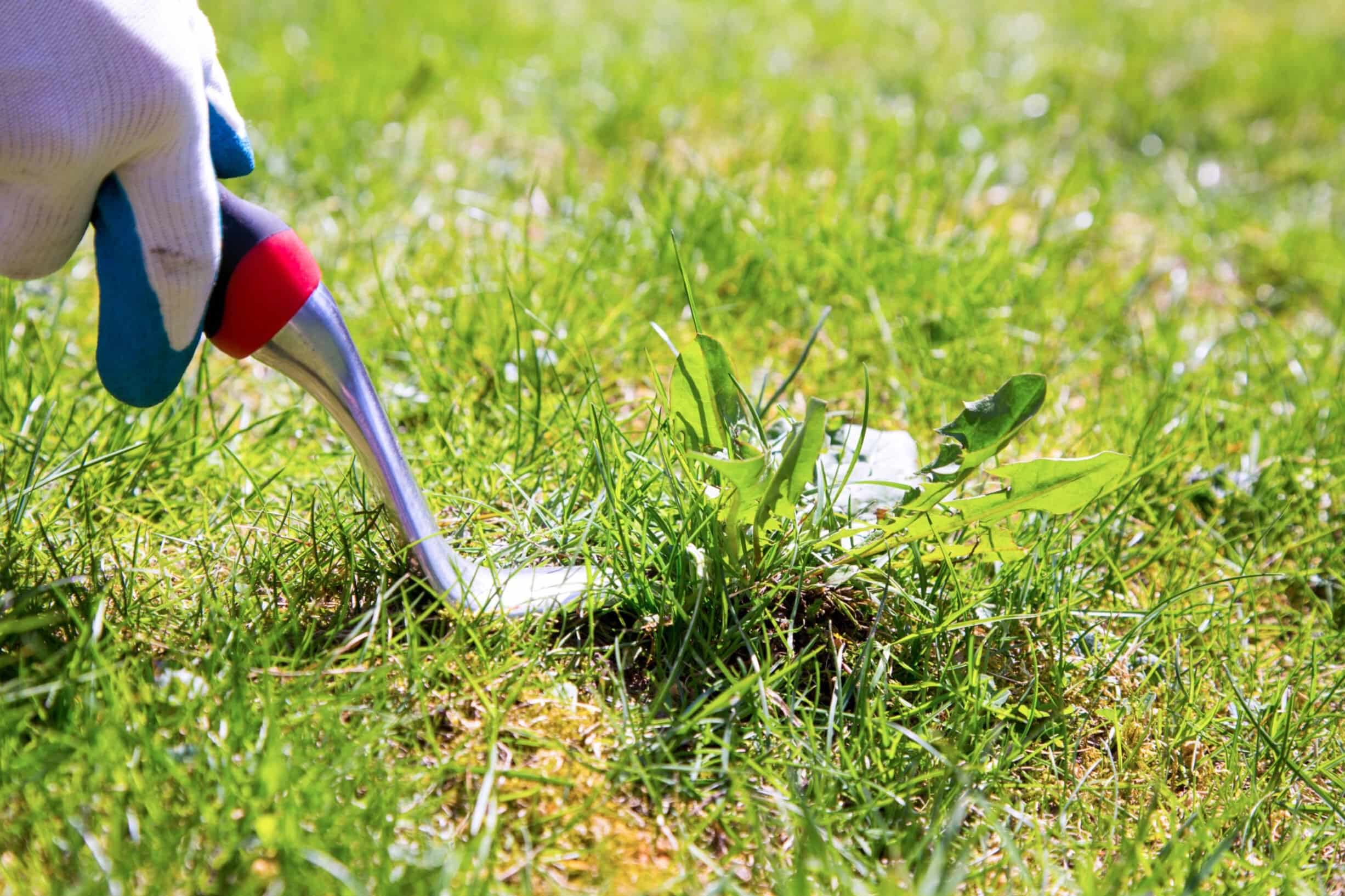
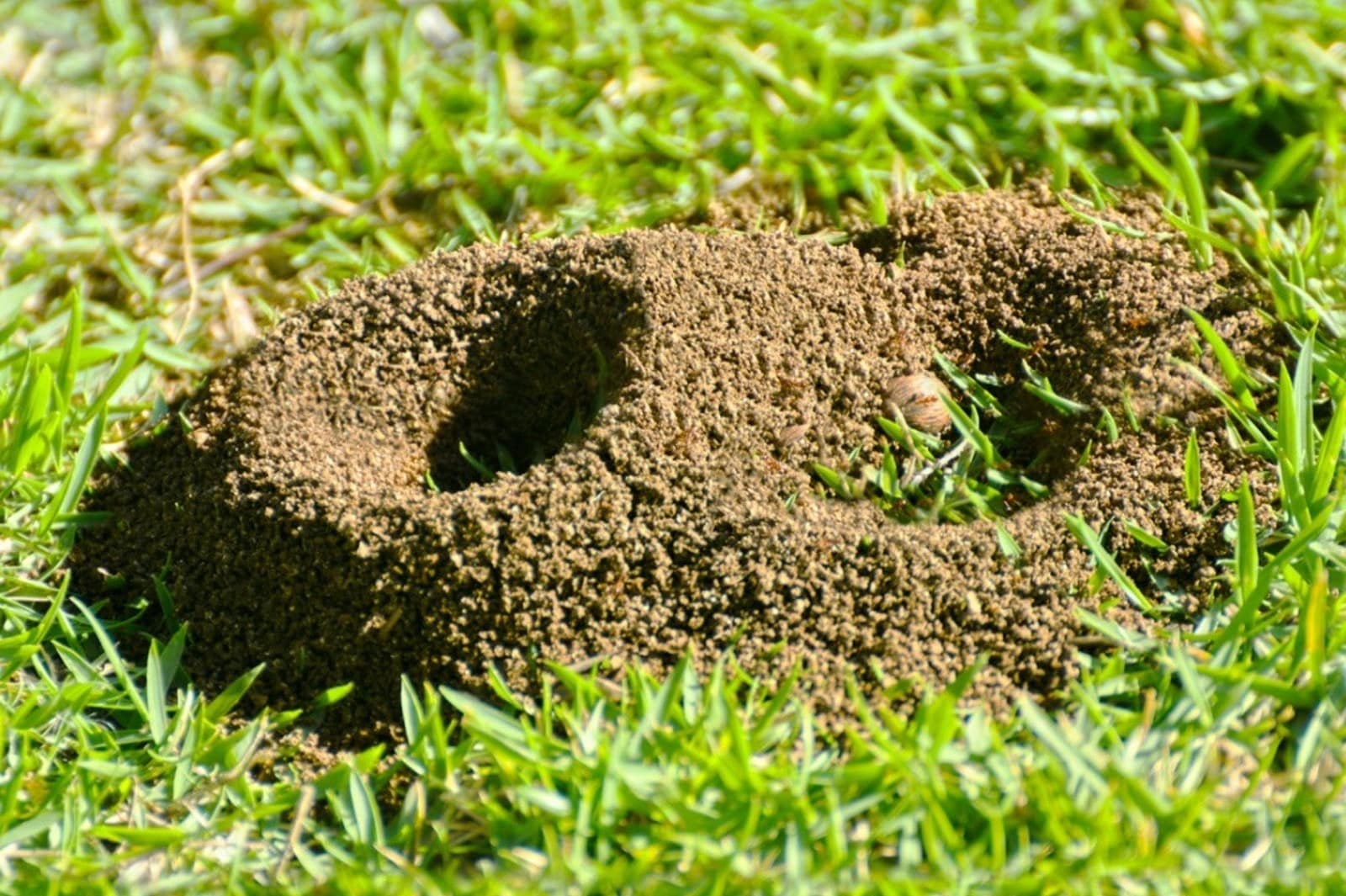

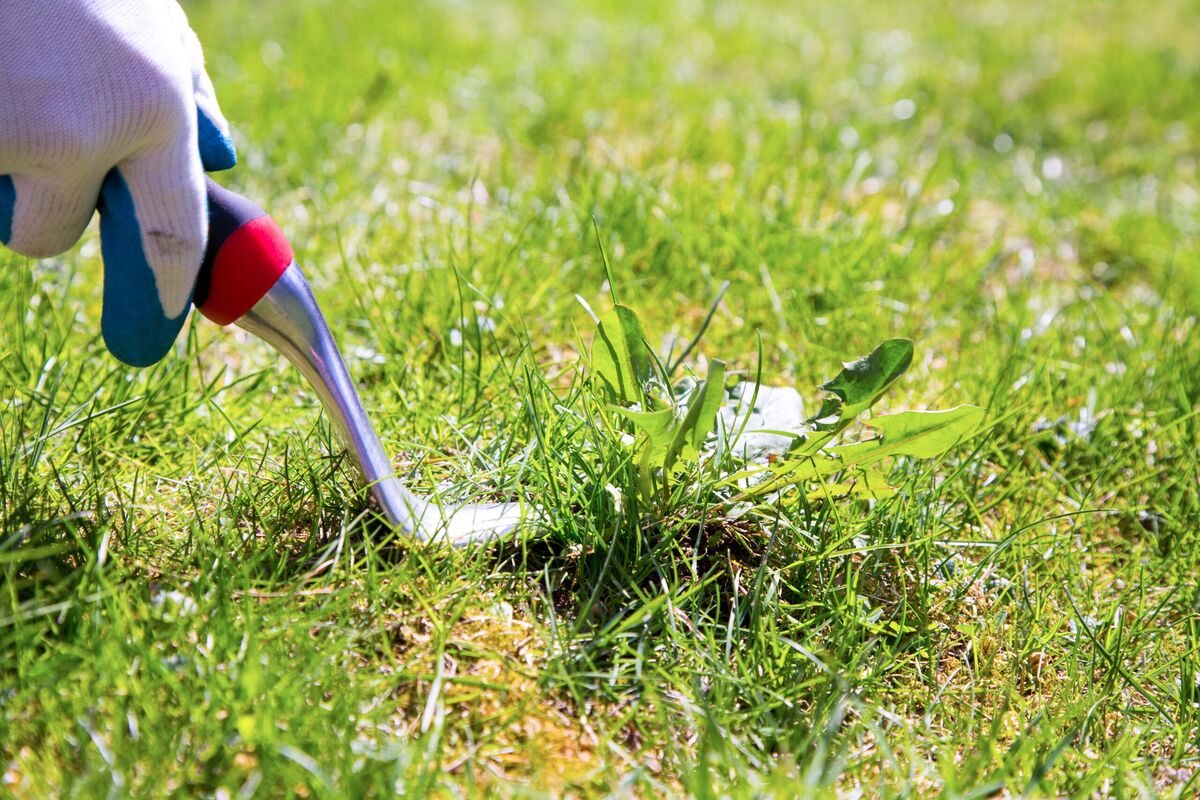



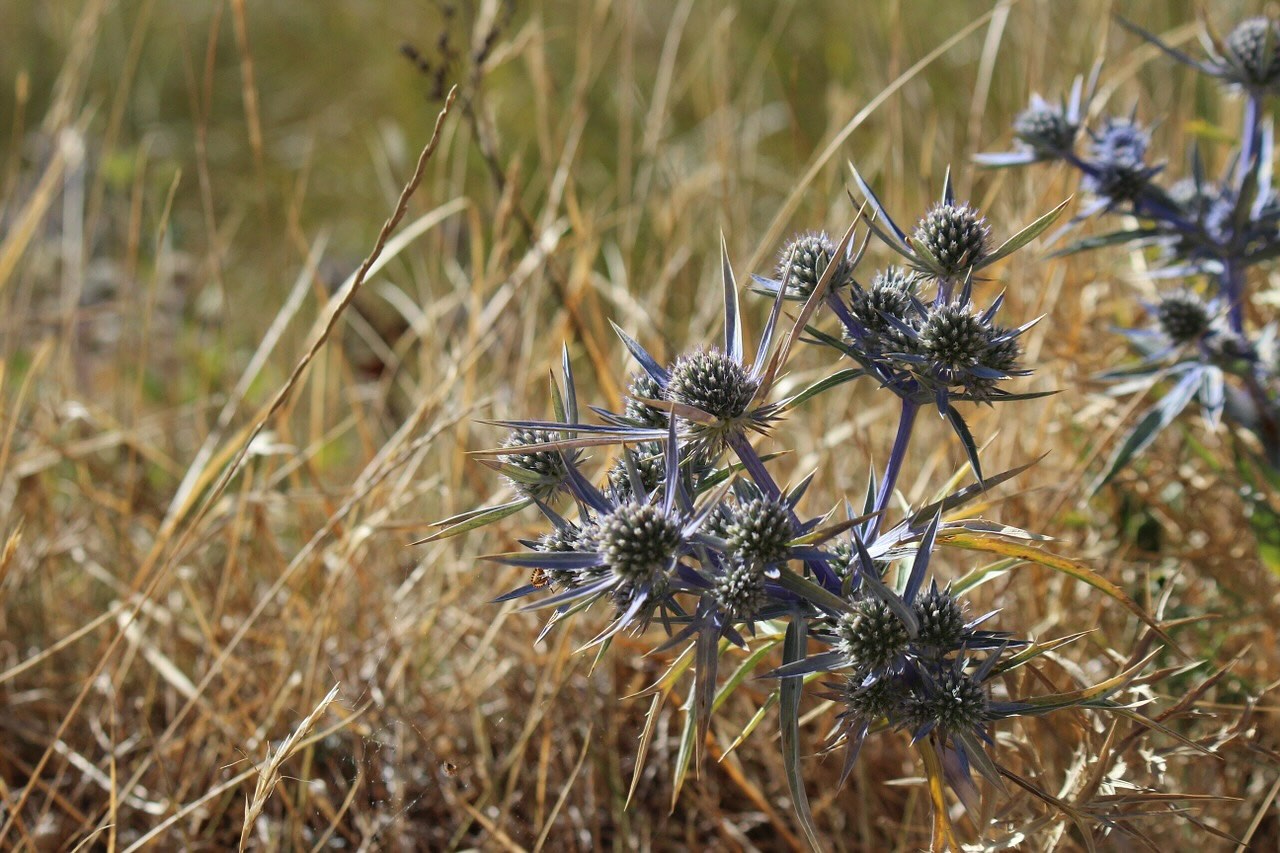

0 thoughts on “How To Get Rid Of Sand Spurs Without Killing Grass”